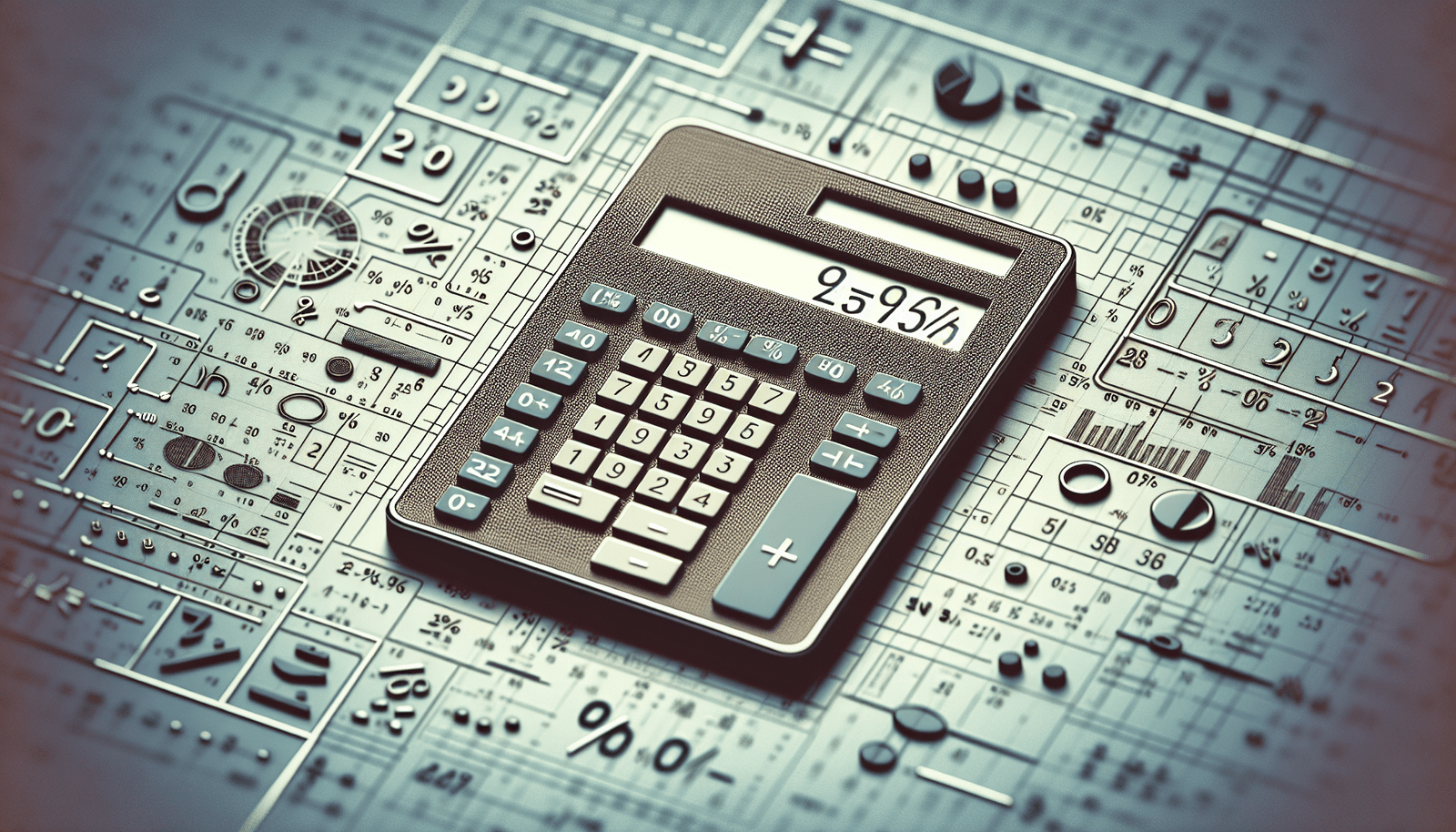Did you ever wonder how to easily convert percentages into fractions? Transforming a percentage into a fraction can be a breeze when you understand the steps involved. Whether you’re working on a math problem, dealing with statistics, or simply curious about enhancing your number-crunching skills, understanding this conversion is invaluable. Let’s walk through the details together and explore how a “Percent to Fraction Calculator” can streamline the process.
 Percent to Fraction Calculator
Percent to Fraction Calculator
What is a Percent to Fraction Calculator?
A Percent to Fraction Calculator is a handy tool designed to convert percentages to fractions. It can also transform percentages that exceed 100 into mixed numbers. By inputting a percentage, you receive a fraction as a result, simplifying mathematical calculations. This guide will provide clarity on how to use such a calculator, the algorithms behind it, and its relevance to everyday scenarios.
Directions for Use
If you need a quick conversion from percent to fraction, using an online calculator can make the process simple and fast. Here’s a step-by-step guide on how to use these calculators:
- Enter the Percentage: Input the percentage you want to convert into the calculator. This can be any positive or negative integer or decimal.
- Press Calculate: Click the calculate button, and the calculator performs the conversion swiftly.
- Receive Your Result: The calculator will display the percentage as a fraction and provide a detailed breakdown of each step taken to achieve the answer.
This straightforward process not only provides the answer but also enhances your understanding of the conversion, ensuring you can replicate it manually if needed.
How to Convert Percent into a Fraction
Algorithm 1
This algorithm focuses on converting percentages into their fractional form in a systematic manner. Let’s see how it unfolds:
- Create Initial Fraction: Use the percentage as the numerator and 100 as the denominator.
- Check the Numerator:
- If it’s a whole number, skip to the final step.
- If it’s a decimal, count how many digits are after the decimal point.
- Adjust for Decimals: If necessary, multiply both the numerator and denominator by 10 raised to the power of the number of decimal places counted.
- Simplify: Reduce the fraction to its simplest form.
Example 1: Converting 5% into a Fraction
- Start with 5/100.
- Since 5 is a whole number, simplify 5/100 to 1/20.
Example 2: Converting 60.25% into a Fraction
- Start with 60.25/100.
- Adjust since 60.25 is not a whole number: Multiply numerator and denominator by 100 (to remove 2 decimal places), getting 6025/10000.
- Simplifying gives 241/400.
Algorithm 2
The essence remains the same as Algorithm 1, although it starts with converting percentages to decimals, aiming for simplicity and computational ease.
- Convert to Decimal: Divide the percentage by 100.
- Create Initial Fraction: Use the resulting decimal as numerator, with 1 as the denominator.
- Follow Algorithm 1: Apply the remaining steps from the first algorithm, particularly multiplying to remove decimals and simplifying.
Example 3: Converting 40% into a Fraction
- Convert 40 to a decimal: 40/100 = 0.4.
- Create fraction 0.4/1.
- Adjust for decimal (shift 0.4 to 4/10).
- Simplify to 2/5.
Converting Percentages to Mixed Numbers
When percentages exceed 100, transforming them into mixed numbers can be practical. This shares similarities with the fraction conversion but adds the step of turning improper fractions into mixed numbers.
Example 4: Converting 125% to a Mixed Number
- Convert 125 to a decimal: 125/100 = 1.25.
- Create fraction 1.25/1.
- Multiply to eliminate the decimal (shift 1.25 to 125/100).
- Simplify to 5/4 or convert to mixed number 1 1/4.
Real-life Applications
Understanding and converting percentages into fractions has a wide array of practical applications, especially in finance, health, and everyday discounts. Here’s an example to illustrate a common scenario:
Example 5: Shopping Discounts
Imagine buying a pair of shoes with a 25% discount, and the original price is $300. How much will you pay?
- Convert 25% to a fraction (1/4).
- Calculate the discount: 300 * 1/4 = $75.
- Adjust the cost: 300 – 75 = $225.
The final price is $225, showcasing how this quick conversion can enhance understanding of percentages in practical contexts.
Summarizing the Usefulness of Percent to Fraction Conversion
Converting percentages to fractions may seem like a small task, yet it greatly enhances your mathematical repertoire, making you more adept in numerous real-world situations. Whether you’re simplifying complex calculations or understanding discounts more deeply, mastering this conversion can significantly benefit your life.
Incorporating a Percent to Fraction Calculator in your toolkit ensures accuracy, speed, and convenience, saving you time while deepening your comprehension. Keep this guide on hand as a foundation, and you’ll find yourself transforming percentages with ease in no time.
